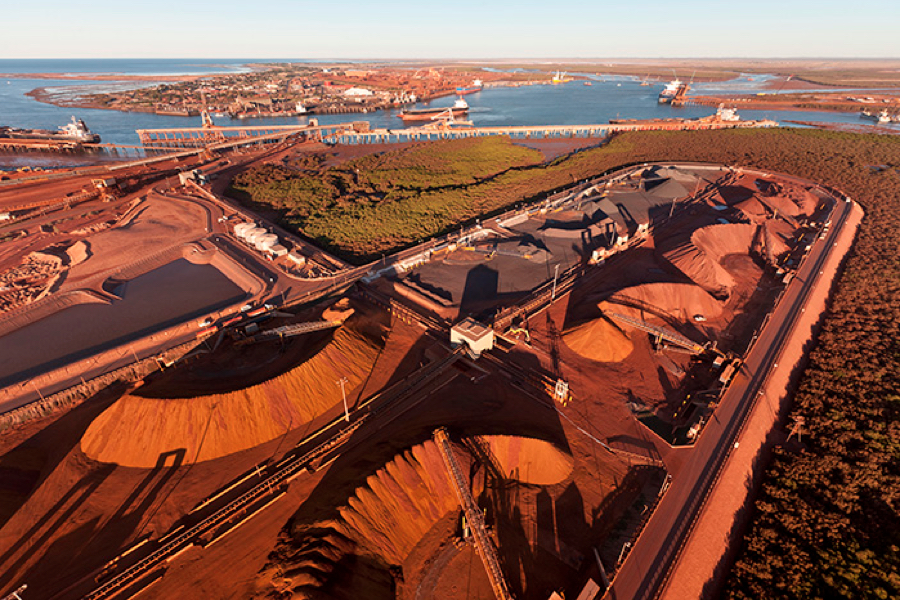
The import price of 62% Fe content ore at the port of Tianjin raced 4.8% higher to $82.40 per dry metric tonne on Wednesday.
The benchmark is now trading at its highest since the beginning of September 2014. Year to date the price of the steelmaking raw material is up 92.3% following near-decade lows in December last year according to data supplied by The Steel Index.
“Iron ore is weird because the inventories are very high in China and it’s got to be pure spec flows”
TSI’s Australian export premium hard coking coal benchmark price was steady trading at just below $300 a tonne. But the dramatic fourfold rise in the price over the past year is playing havoc with margins in China’s steel industry. TSI in its monthly iron ore review notes Chinese mills trimming furnace utilization rates as margins came under pressure from rapidly escalating costs:
The surge in coking coal prices triggered a rise in demand for high Fe, low impurity ores, which enabled them to reduce the amount of coke required in the furnace during steelmaking. This led to the spread between high and low grades of iron ore widening.
TSI says while China’s October production of 68.5 million tonnes was 4% higher year on year and its output for January-October equalled 50.5% of the world total,early signs suggest there was a tempering of output going into November, with the China steel industry association’s (CISA) 10-day production estimate for early November coming in below the October average.
At the same time iron ore continues to accumulate at Chinese ports, with Mysteel data showing quayside inventory at its highest level since mid-2014.
“It’s just surprised me,” Wayne Gordon, executive director for commodities and foreign exchange at UBS’s wealth-management unit, told The Age in an interview in Singapore:
In early October, Gordon said the final two months of the year may mark a “death knell” for the raw material as stockpiles climb. “Iron ore is weird because the inventories are very high in China and it’s got to be pure spec flows,” he said.
“We’ve had a tough year in 2016,” said Gordon, who now sees the price back down at about $US60 a metric ton in six months. “The market’s been balanced, if not in a slight deficit for iron ore, which is remarkable because we had that massive surplus the previous year. But next year, you’ll start to see that building up with a surplus again.”
